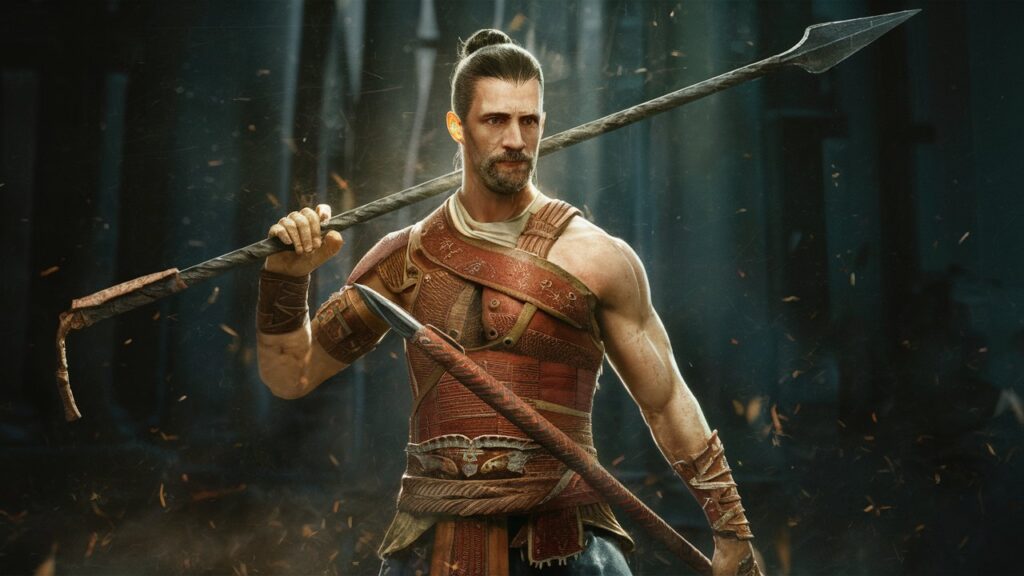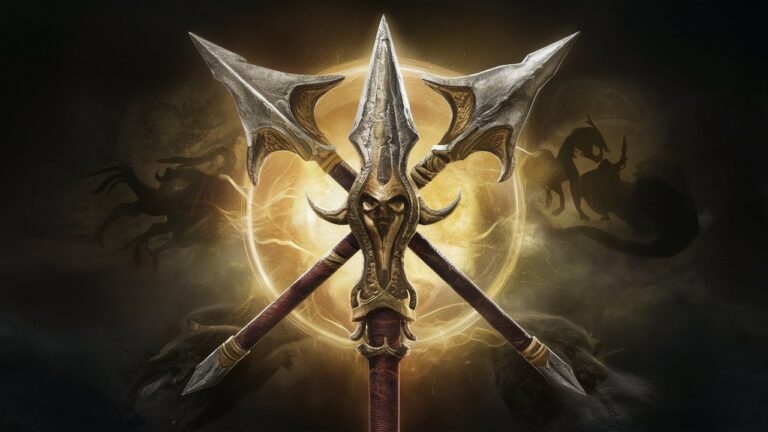Introduction
The inverted spear, a term shrouded in mystique, has captivated historians, martial artists, and mythologists alike. Unlike conventional spears, which are wielded with the blade facing forward, the inverted spear challenges traditional combat norms by reversing the orientation of the weapon. This unconventional approach has sparked debates about its practicality, symbolism, and historical significance. In this article, we delve into the origins, design, combat applications, and cultural interpretations of the inverted spear, exploring why this enigmatic weapon continues to fascinate enthusiasts across disciplines. From ancient battlefields to modern martial arts dojos, the inverted spear represents a fusion of innovation, strategy, and artistry.
Origins and Historical Context of the Inverted Spear
The inverted spear’s roots are difficult to trace definitively, as references to reversed weapon techniques appear in fragmented historical records across cultures. In ancient Japan, some samurai manuscripts allude to sakabatō (reverse-blade swords), a concept that mirrors the inverted spear’s philosophy of non-lethal combat. Similarly, European medieval treatises occasionally depict polearms held in unconventional grips for surprise attacks. However, the inverted spear as a formalized weapon likely emerged in Southeast Asian martial traditions, where flexibility and unpredictability were prized. Filipino Kali and Indonesian Silat, for instance, emphasize fluid weapon manipulation, including inverted grips for close-quarters combat. These systems suggest that the inverted spear was less a standalone weapon and more a tactical adaptation of existing spears, designed to exploit an opponent’s expectations.
Design and Structural Mechanics of the Inverted Spear
The inverted spear’s design diverges from conventional spears in both form and function. Typically, a spear’s weight distribution prioritizes thrusting and lunging, with the blade optimized for piercing. Inverting the spear shifts the balance toward the haft (shaft), enabling practitioners to wield it like a staff or blunt instrument. The blade, now positioned near the wielder’s hand, becomes a secondary tool for slashing or hooking. This reversal demands a shorter haft—often 4–6 feet—to maintain control. Materials also vary: historical inverted spears featured hardwood shafts and bronze or iron blades, while modern interpretations use lightweight alloys and synthetic polymers. The grip itself is critical; practitioners employ a reverse grip (palm facing inward) to leverage the haft for blocking and striking, blending spear and staff techniques into a hybrid style.
Combat Applications and Strategic Advantages
In battle, the inverted spear’s unconventional design offers distinct tactical benefits. By holding the blade backward, warriors could deceive opponents into misjudging attack ranges. For example, a thrust with the haft could create an opening for a close-range slash with the blade. The reversed orientation also facilitated defensive maneuvers: the haft could parry strikes while the blade remained poised for counterattacks. In Filipino martial arts, practitioners use inverted grips to trap opponents’ weapons, leveraging the spear’s length to control the engagement. However, the inverted spear’s complexity requires exceptional skill. Its shorter effective range and altered balance make it less suited for open-field warfare, favoring instead confined spaces or dueling scenarios where agility and precision outweigh brute force.

Mythological and Symbolic Interpretations
Beyond combat, the inverted spear holds profound symbolic meaning in mythology and folklore. In Hindu epics, the Vel (divine spear) of the goddess Murugan is sometimes depicted inverted, symbolizing the triumph of wisdom over chaos. Similarly, Taoist legends speak of the reversed spear of destiny, a metaphysical weapon that “pierces illusions” to reveal truth. These narratives frame the inverted spear as a tool of enlightenment, challenging users to confront their perceptions. In modern pop culture, the inverted spear appears in fantasy literature and video games as a weapon of anti-heroes, embodying rebellion against tradition. This duality—practical weapon and philosophical metaphor—cements its enduring allure.
Modern Revival and Training Practices
Today, the inverted spear enjoys a niche resurgence in martial arts communities. Schools specializing in historical European martial arts (HEMA) and Southeast Asian combat systems have incorporated inverted spear drills into their curricula. Training emphasizes adaptability: practitioners learn to switch between standard and inverted grips mid-combat, exploiting the element of surprise. Safety protocols are paramount, with sparring often conducted using padded or rubber-tipped spears. Notable instructors, such as Indonesia’s Pendekar Guru, advocate for the inverted spear as a means of honing spatial awareness and creativity. Meanwhile, weapon smiths experiment with modular designs, allowing users to reconfigure spears for inverted or standard use, bridging ancient techniques with modern innovation.
Conclusion
The inverted spear defies simple categorization, existing at the intersection of history, combat, and symbolism. Its unconventional design challenges practitioners to rethink martial norms, while its mythological resonance invites deeper contemplation of human conflict and wisdom. Though rarely dominant on historical battlefields, its legacy endures in martial arts dojos, cultural narratives, and the imaginations of weapon enthusiasts. Whether viewed as a tactical tool or a metaphor for inversion itself, the inverted spear remains a testament to humanity’s endless ingenuity in weaponcraft and storytelling.
Frequently Asked Questions (FAQs)
1. Is the inverted spear effective in real combat?
While situational, the inverted spear excels in close-quarters scenarios where deception and adaptability are key. Its effectiveness depends on the practitioner’s skill and familiarity with reversed grips, making it less intuitive than conventional spears but potent in skilled hands.
2. Are there historical records of inverted spears being used in wars?
Direct evidence is scarce, but indirect references exist in martial manuals and oral traditions. Southeast Asian and European sources suggest inverted techniques were occasionally employed, though likely as supplementary tactics rather than primary strategies.
3. How does the inverted spear differ from a standard spear?
The key difference lies in grip and orientation: the inverted spear positions the blade near the wielder’s hand, emphasizing haft strikes and close-range slashes. Standard spears prioritize thrusting with the blade forward.
4. Can beginners learn inverted spear techniques?
Yes, but mastery requires foundational training in spear and staff combat. Beginners should start with basic grips and footwork before progressing to inverted maneuvers to avoid developing poor habits.
5. Is the inverted spear relevant in modern self-defense?
While not a mainstream self-defense tool, its principles—adaptability, unpredictability, and control—are valuable. Modern hybrids, such as telescopic batons with inverted blade elements, draw inspiration from its design.
This comprehensive exploration of the inverted spear illuminates its multifaceted role across time and culture, offering fresh insights for historians, martial artists, and curious minds alike.
